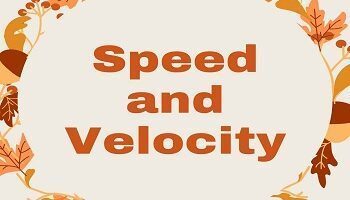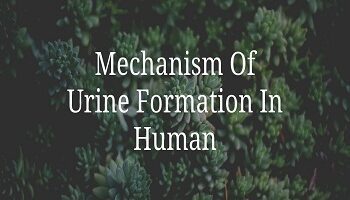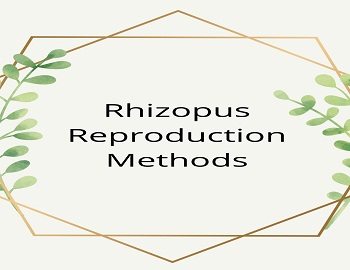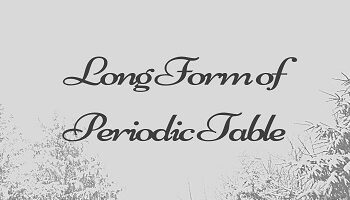Two-Kingdom System of Classification:
This is an older system of classification. It was introduced by Carolus Linnaeus in 1758. He recognized two groups of organisms only- pants and animals.
Kingdom Plantae- It includes all plants. They have a spread out appearance with commonly green parts. Kingdom Plantae contains flowering plants, gymnosperms, ferns, bryophytes, algae, fungi, lichens and bacteria. Following are the main features of Kingdom Plantae-
- Organisms that were stationary, i.e., fixed at a place.
- Prepared their own food by trapping Sun’s energy.
- Had cells with a cell wall.
- Had chlorophyll in the chloroplasts i.e. to make their food.
- Some could grow indefinitely.
Kingdom Animalia- The kingdom contains all the animals. Animals are generally characterized by the ingestive type of nutrition and locomotion. Members of the kingdom Animalia are protozoans, sponges, jellyfishes, worms, insects and other arthropods, molluscs, starfishes, reptiles, frogs, birds and mammals. Following are the main features of Kingdom Animalia-
- Organisms that could move about.
- Could not prepare their food and depend on other plants and animals for food.
- Cells did not have a cell wall.
- Cells did not have chlorophyll.
- Bodies stop growing after attaining a certain size.
Drawbacks of Two-Kingdom System of Classification:
The placement of following groups of organisms was the cause of some of the major disputes among taxonomists-
- Euglena is a unicellular organism that shares characters both of animals and plants. Like animals, it lacks a cell wall, has a power of contraction, a flagellum for locomotion, a mouth and contractile vacuole and reproduces by binary fission and heterotrophic nutrition when kept in dark. On the other hand, like plants, it has chlorophyll and pyrenoids and carries on photosynthesis. Organisms like Euglena are studied by both botanists and zoologists.
- Viruses have been placed in Kingdom Plantae of two-kingdom classification. However, viruses are neither plants nor animals. They do not have a cellular structure or metabolic machinery of their own. Viruses lie on the borderline between living and non-living.
- Chlamydomonas is a unicellular, motile organism with a definite shape and has a photosensitive organelle like animals, but it bears chlorophyll and is autotrophic like plants.
- Some unicellular organisms like slime moulds lack a cell wall in the vegetative stage but develop one during the reproductive stage.
- Unlike plants, fungi lack chlorophyll and are saprophytic in nutrition. Their body plan is also different from that of plants. Though, they need to be placed under a separate kingdom, but have been kept with plants.
- Lichens are included amongst plants despite being dual organisms where there is a symbiotic type of association between a fungus and a green (eucaryotic) or blue-green (procaryotic) alga.
- Like plants, sponges are fixed, branched, irregular creatures which respond to stimuli very slowly. But, they have been kept with animals because they have holozoic nutrition and excrete nitrogenous waste.









Comments (No)